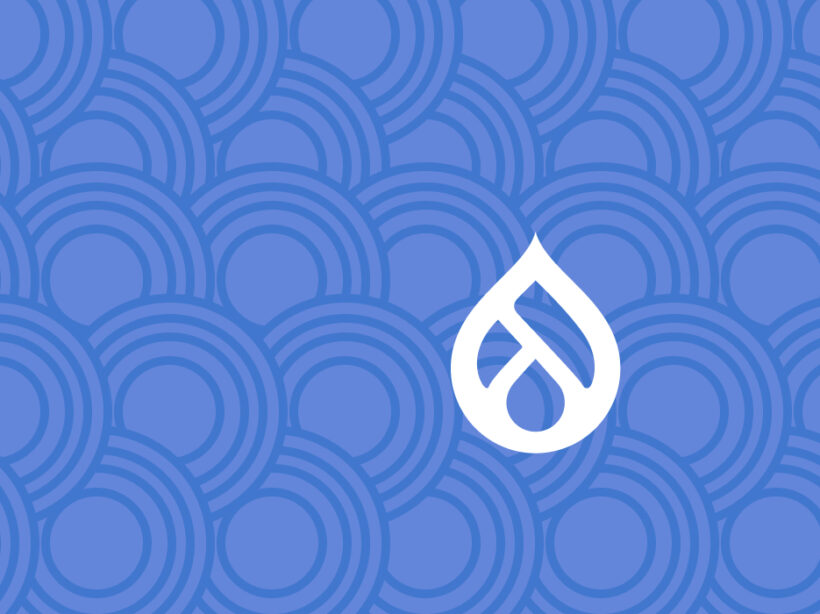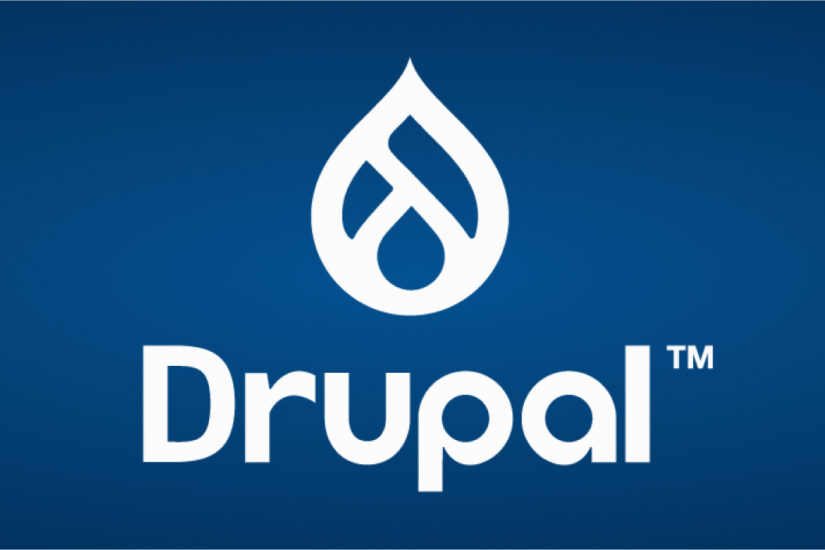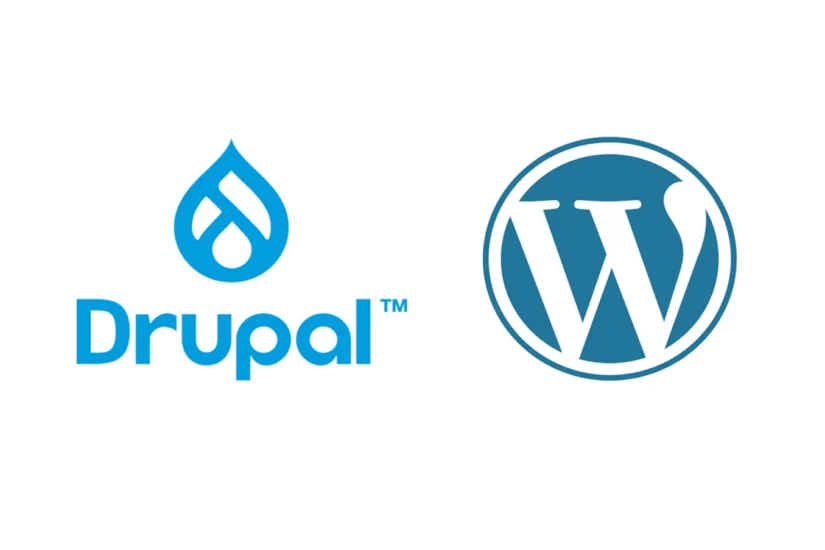This post was last updated in September 2024 to incorporate information about the recent release of Drupal 11.
Kanopi is a Drupal Certified Partner and can help with your migration needs.
Drupal, one of the world’s most popular open-source content management systems (CMS), has continuously released new versions of its platform since its launch 20 years ago. Website developers were thrilled when Drupal 8 hit the scene in 2015, bringing with it a plethora of improvements and bug fixes. However, the system has now run its course and reached its end of life on November 2, 2021.
This leaves groups like nonprofits, businesses, associations, and other organizations that rely on Drupal 8 at a crossroads. As an organizational leader or staff web developer, you may be wondering what Drupal 8’s end of life means for your organization, and how you should tackle upgrading your site to Drupal 11 (the latest version).
In this guide, we’ll review what Drupal 8’s end of life means for organizations like yours and how you can best approach the migration to Drupal 11 if you haven’t already done so.
Keep in mind that this guide is meant only for Drupal 8 users, not Drupal 7 users. If you are a Drupal 7 user, please review our resource dedicated to Drupal 7’s end of life.
What Does Drupal 8 End-of-Life Mean?
Several different versions of Drupal are currently active and supported: Drupal 7, 10, and 11. Drupal 11 is the most recent version, launched in August 2024.
If your site is currently running Drupal 8, it is built upon the Symfony 3 framework, which reached its end-of-life on November 2, 2021. This means that after November 2021, security issues in Symfony 3 (and therefore Drupal 8) will no longer be fixed, resulting in:
- No new features added to Drupal 8 after this time.
- No minor releases or security updates.
- No long-term support for the platform.
We can’t emphasize the last point enough—failing to migrate to a currently supported Drupal version will result in losing access to Symfony support, meaning your site’s code will no longer be updated by Symfony or Drupal. This could leave you exposed to a variety of security threats and vulnerabilities.
To ensure that your Drupal 8 website remains secure, it should be upgraded to Drupal 11.
What Does This Mean for Drupal 7 End-of-Life?
Drupal 7, which was released a decade ago, does not use Symfony. Instead, it is built upon a PHP framework developed by the Drupal community. Drupal 7’s end of life was extended to January 2025 due to the impacts of the COVID-19 pandemic, meaning it will live on past Drupal 8’s EOL. So, if you’re a Drupal 7 user, there is still time to come up with a strategic plan for upgrading your website.
What Happens if Drupal 8 Users Don’t Upgrade?
Because Drupal 8 reached its end of life, no more security updates or bug fixes/improvements will be released for that version.
Remaining on an unsupported version of Drupal leaves your website vulnerable to cyber attacks and lacking in new features. In addition, the plugins and tools you’ve added to your site over the years may not be compatible with your system anymore, causing you to lose functionality.
For all of these reasons, it’s best practice to update your Drupal version before its end-of-life date.
What is the Drupal 8 End of Life Process for Upgrading to Drupal 11?
To upgrade your website to the latest version of Drupal, D11, you must first migrate to Drupal 10.3. According to Drupal, “sites running 10.2.x or earlier versions must first update to 10.3.0 or later prior to updating to Drupal 11, because all core updates added prior to 10.3.0 have been removed. If any modules or themes have been removed you may use the respective contributed project instead.”
Fortunately, the upgrade from Drupal 8 to later versions is much easier than other migrations because later versions are backward compatible with Drupal 8. If you were to switch from Drupal 7 to 10, for instance, it would require all of your site’s data to be transferred to a brand new Drupal website. In contrast, since you’re already a Drupal 8 user, you won’t have to take as big of a leap to transition to Drupal 10.
To get your site ready for the upgrade, follow these steps:
- Update your site to the latest version of Drupal 8.
- Update any outdated modules and dependencies.
- Update your PHP and database versions on your hosting environment.
- Check if you have any deprecated code on your site and fix/remove it.
After completing these tasks, your site can be upgraded to Drupal version 10.3, and then to Drupal 11.
Even though the migration from Drupal 8 to later versions is relatively straightforward, you may still encounter roadblocks or obstacles that slow down the process. Our website professionals at Kanopi are experts in Drupal planning and development and can aid you in your migration journey.
Each of our team members has, on average, 11 years of experience in Drupal Development, and several of them are Acquia-certified. We are also a supporting partner of the Drupal Association, regularly contribute to the Drupal Project, and are one of the main organizers of BADCamp, a Drupal-focused community event.









